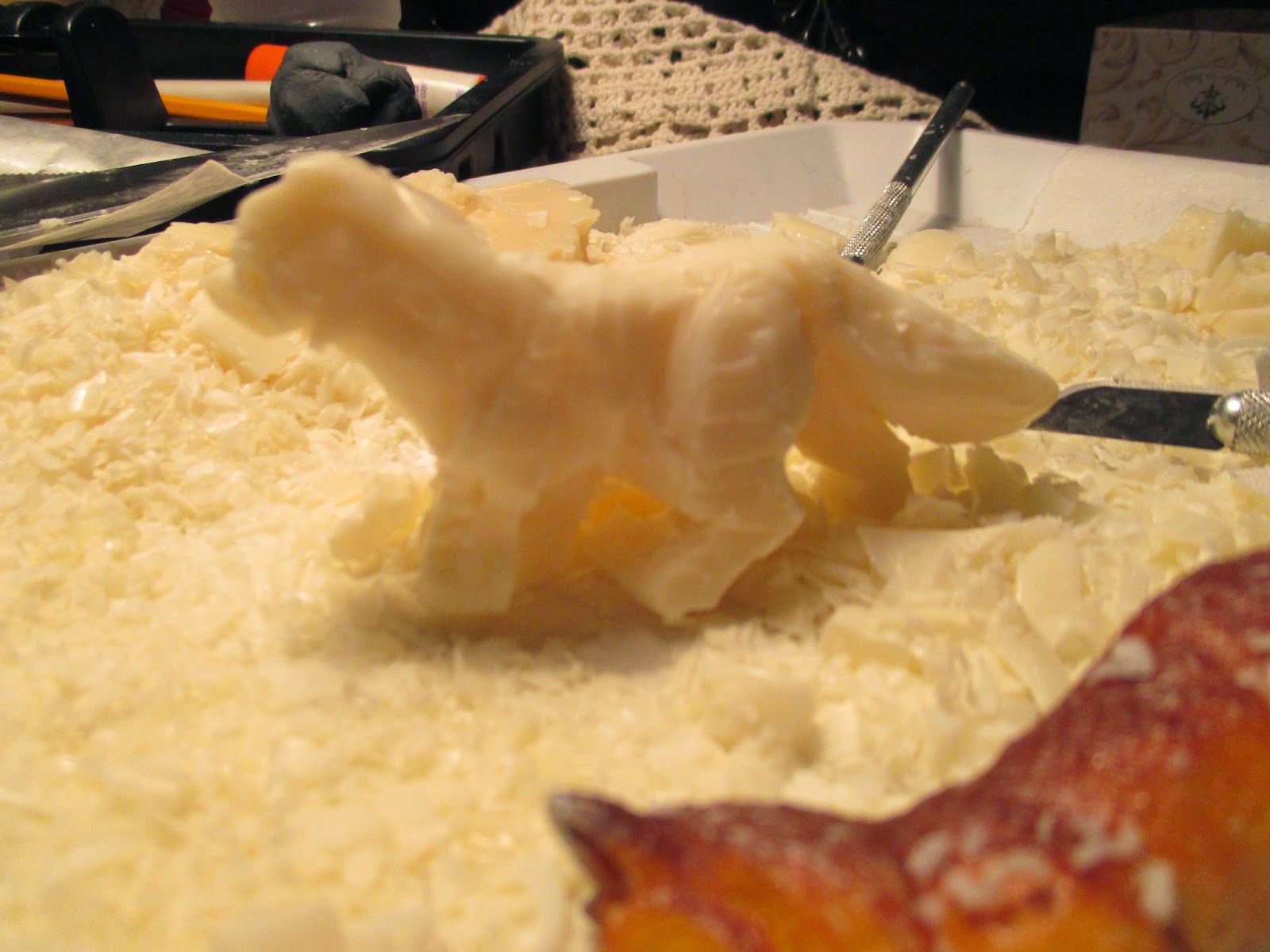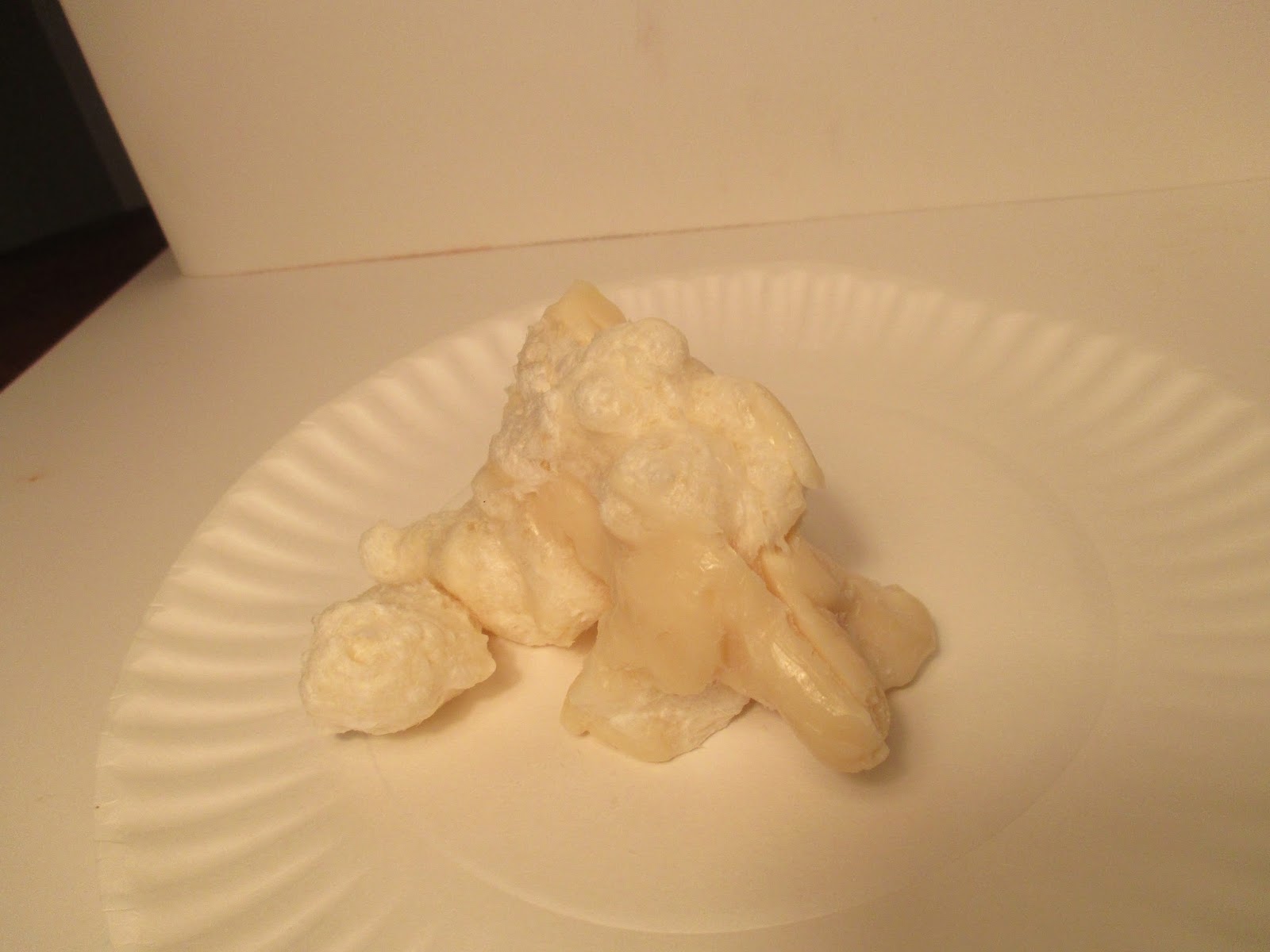Susan Stewart Question Response
1. The body is the primary mode of perceiving scale.
I find this to be quite true as the U.S. standard of measurement for twelve inches is called a 'foot'. People constantly compare the height of buildings to the height of people and it does make sense because buildings are designed to accommodate the measurements of the average human being in order to make them comfortable moving around in. In the books about dinosaurs I used to read when I was younger, the author would consistently place a human being next to the dinosaur for scale. This is likely because we are all familiar with what the average measurements of a human being are. We can all use this base knowledge to help comprehend something that is less familiar, such as the size of a dinosaur or a building.
2. The capacity of objects are to serve as traces of authentic experience.
Objects do act as physical reminders of past events. I still have a grass model of a grass hopper that I was given around age ten by a crafts maker on a street corner when I was visiting New York with my family. The actual experience was me and my family walking around New York and seeing the sights but the grass hopper that was given to me by the crafts maker is a reminder of this authentic experience.
3. The souvenir reduces the public, the monumental, and the three dimensional into the miniature, that which can be enveloped by the body.
Souvenirs do have the ability to represent the very culture of its surroundings whether they be physical or ideological. The purpose of most souvenirs is to embody what experiences commonly take place there. For example if you go to Paris it will not be difficult to find a miniature Eiffel Tower in Paris France nor will it be difficult to find a local souvenir that relates to Ponce de Leon or Pedro Menendez because our town came to be by their actions. Souvenirs act as an embodiment to the visual and cultural aspects you experience when visiting other areas and they allow you to recall these experience via a visual aid. I can still remember the damp feeling of walking down winding, misty paths of flowers and foliage every time I see the vase my mother bought at a botanical garden.
4. Nostalgia cannot be sustained without loss.
I am inclined to agree with this because nostalgia refers to a longing for a happy memory that is from the past. Therefore, we must 'lose' some of our memory in order to feel nostalgic about something. If we remembered everything we experienced perfectly then it may prove difficult to have nostalgia. But, when we recall a memory, typically a happy one, we might experience the same happy feelings we did at that moment and have a desire to reclaim them. For instance, not too long ago I was looking over old family photos and found one of my family at a house I used to live in up north. I had many good experiences there and I enjoyed going on after dinner walks all around town seeing the sights such as the library, the movie theater, and the general store. Seeing this photo brought back those happy memories and it was quite interesting as I had not thought about that home for quite a long time.
5. To have a souvenir of the exotic is to possess both a specimen and a trophy.
A souvenir is not a difficult thing to obtain but a truly exotic one can be quite an addition to your life experiences. To be able to sort through the mountain of common, unimpressive, and poorly made souvenirs you find at most tourist destinations and find something worth while to take back home is quite the accomplishment. The souvenir is quite the specimen because it is interesting to look at because it is uncommon but it is also a trophy due to the unlikely event you would be able to find a souvenir worthy of pulling out your wallet. Unfortunately our local St. George Street is no exception to having a plethora of useless souvenirs. So many of the shops have dried out alligator heads, sea shells, and nearly every other generic souvenir you can think of which makes it quite the success to find something that will truly represent a memorable expression of St. Augustine.







































